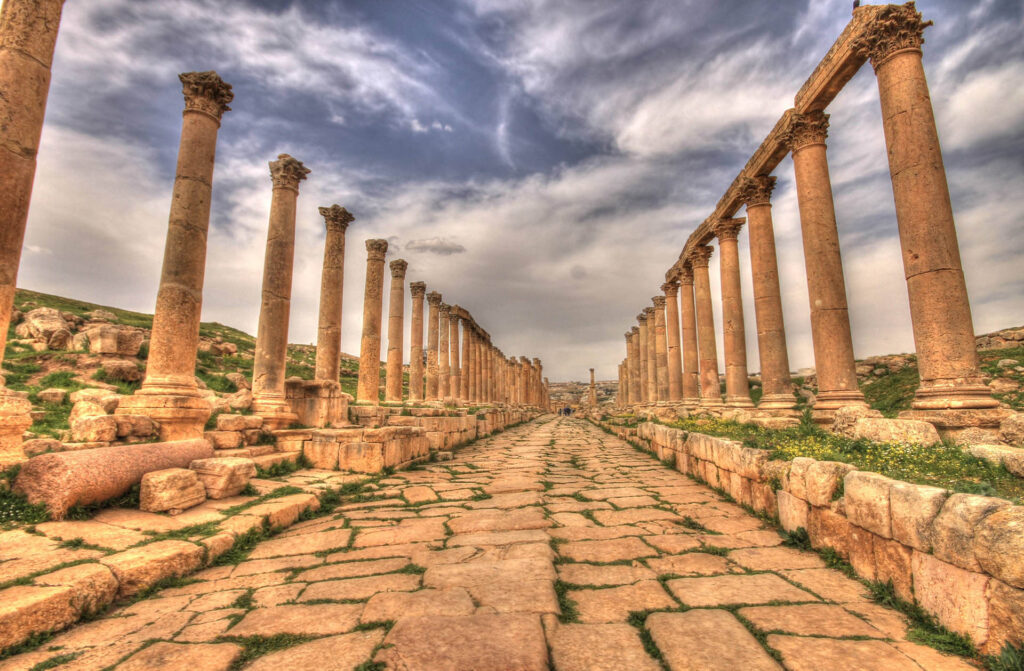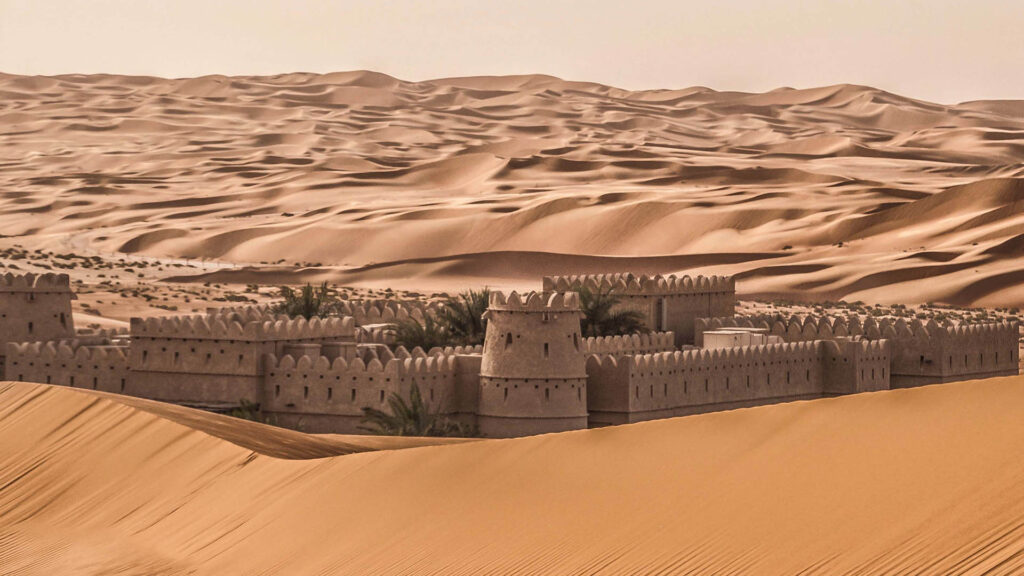In the heart of Egypt’s eternal desert, where the sands of time have guarded countless secrets, lies a site of profound historical significance – the Tut Cemetery. This ancient necropolis, a testament to the grandeur of Egypt’s pharaonic past, has captured the imagination of archaeologists, historians, and adventurers alike. Join us as we embark on a captivating exploration of this extraordinary place, where the echoes of a bygone era whisper tales of kings, rituals, and the enduring allure of ancient Egyptian civilization.
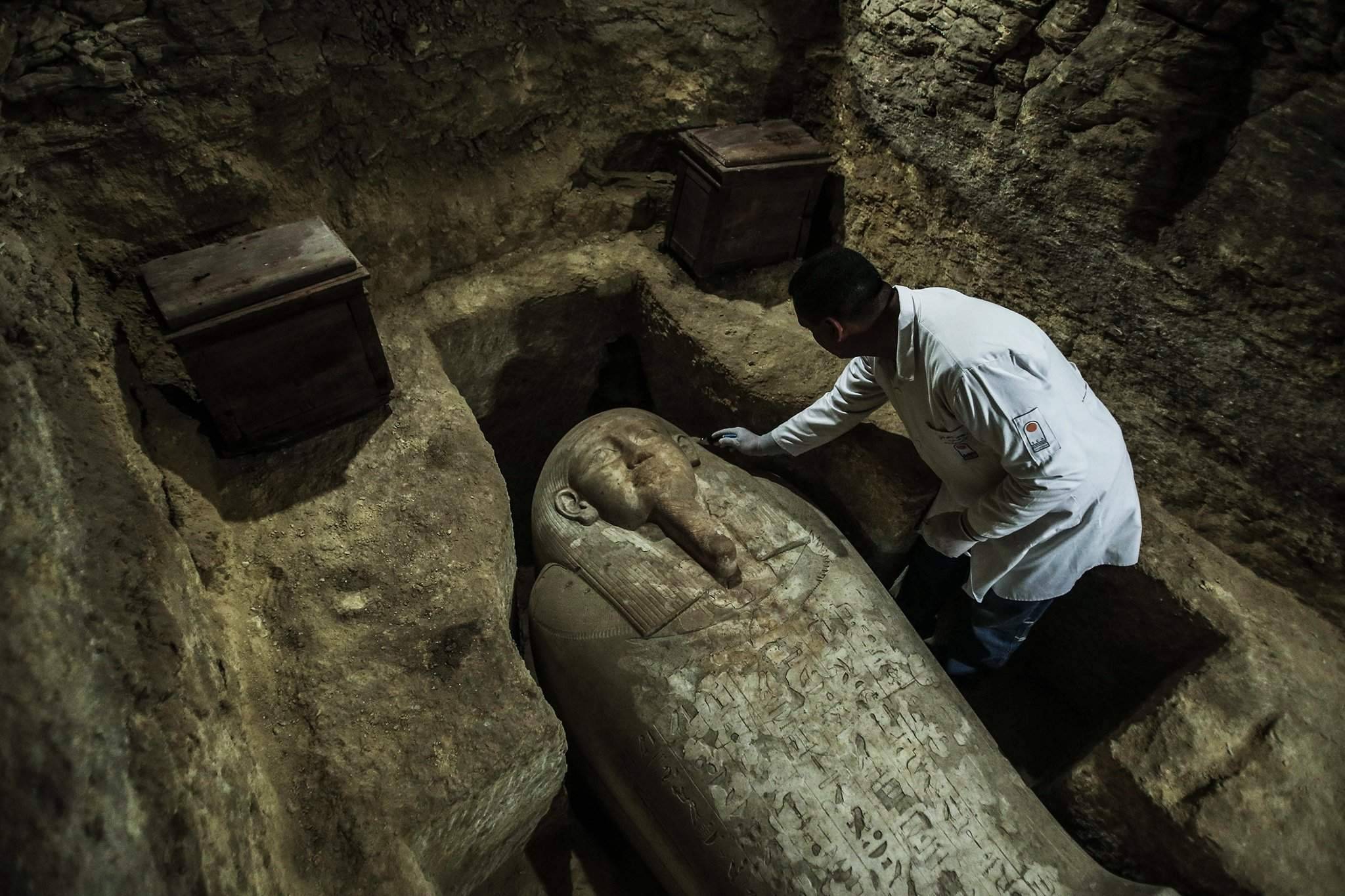
Tut Cemetery: A Journey Through Ancient Egypt
The Majestic Legacy of the Valley of the Kings
A Resting Place Fit for Royalty
Nestled within the arid embrace of the Valley of the Kings, the Tut Cemetery stands as a revered burial ground for the pharaohs and nobility of ancient Egypt. This secluded valley, carved into the towering limestone cliffs of the Theban Hills, has been a site of intense archaeological exploration for centuries. Its hidden tombs, adorned with exquisite hieroglyphic inscriptions and vibrant artwork, have yielded some of the most remarkable treasures and insights into the lives of Egypt’s rulers.
The Enigma of King Tutankhamun
Among the many illustrious inhabitants of the Tut Cemetery, one name resonates with particular prominence – King Tutankhamun. The discovery of his intact tomb in 1922 by Howard Carter and his team ignited a global fascination with ancient Egyptian culture and launched the modern era of Egyptology. Tutankhamun’s mummified remains, along with the astonishing array of burial goods found within his tomb, have provided an unparalleled glimpse into the rituals, beliefs, and opulence of the 18th Dynasty.

Tut Cemetery: A Journey Through Ancient Egypt
Exploring the Tut Cemetery: A Journey Through Time
Tombs Etched in Stone
As you navigate the winding paths of the Tut Cemetery, you are immediately struck by the sheer magnitude and intricacy of the tombs carved into the valley’s walls. Each tomb is a masterpiece in its own right, meticulously crafted by skilled artisans to serve as the eternal resting place for a pharaoh or member of the elite. The tombs range from modest structures to elaborate underground complexes, adorned with vivid depictions of the deceased’s life, religious beliefs, and journey to the afterlife.
Hieroglyphic Narratives
The walls of the Tut Cemetery’s tombs are adorned with a tapestry of hieroglyphic inscriptions, each one a window into the ancient Egyptian worldview. These intricate carvings, once vibrantly painted, depict scenes from religious texts, royal lineages, and the daily lives of the pharaohs. They serve as a living testament to the sophistication of ancient Egyptian writing and art, inviting modern scholars to decipher the coded messages and unravel the mysteries they conceal.
Architectural Marvels
Beyond the tomb entrances, a labyrinth of corridors, chambers, and passageways unfolds, revealing the ingenuity of ancient Egyptian engineering. The precision with which these structures were constructed, without the aid of modern tools and technology, is nothing short of remarkable. From the intricate relief carvings adorning the walls to the false doors and shafts designed to house funerary offerings, every element of the Tut Cemetery’s architecture speaks to the meticulous planning and attention to detail that went into its creation.

Tut Cemetery: A Journey Through Ancient Egypt
Unraveling the Mysteries of Ancient Egyptian Burial Rituals
The Art of Mummification
One of the most captivating aspects of the Tut Cemetery is the insight it provides into the intricate process of mummification. The preservation of the bodies of pharaohs and nobles was a sacred ritual, believed to be essential for their journey into the afterlife. The techniques employed, ranging from the removal of internal organs to the use of natron salts for desiccation, have left an indelible mark on our understanding of ancient Egyptian funerary practices.
Funerary Offerings and Grave Goods
Within the tombs of the Tut Cemetery, archaeologists have uncovered an astounding array of grave goods and funerary offerings. From intricately carved sarcophagi and canopic jars to jewelry, weapons, and household items, these artifacts provide a tantalizing glimpse into the belief systems and daily lives of the ancient Egyptians. Each object was meticulously chosen and placed, serving as a symbolic bridge between the earthly realm and the afterlife.
The Cult of the Dead
The Tut Cemetery is not merely a repository of physical remains but also a window into the cult of the dead that permeated ancient Egyptian society. Offerings and prayers were made to the deceased, ensuring their continued sustenance and prosperity in the afterlife. The tombs themselves were designed as eternal dwellings, complete with elaborate scenes depicting the deceased partaking in various activities, from hunting and farming to enjoying music and dance.
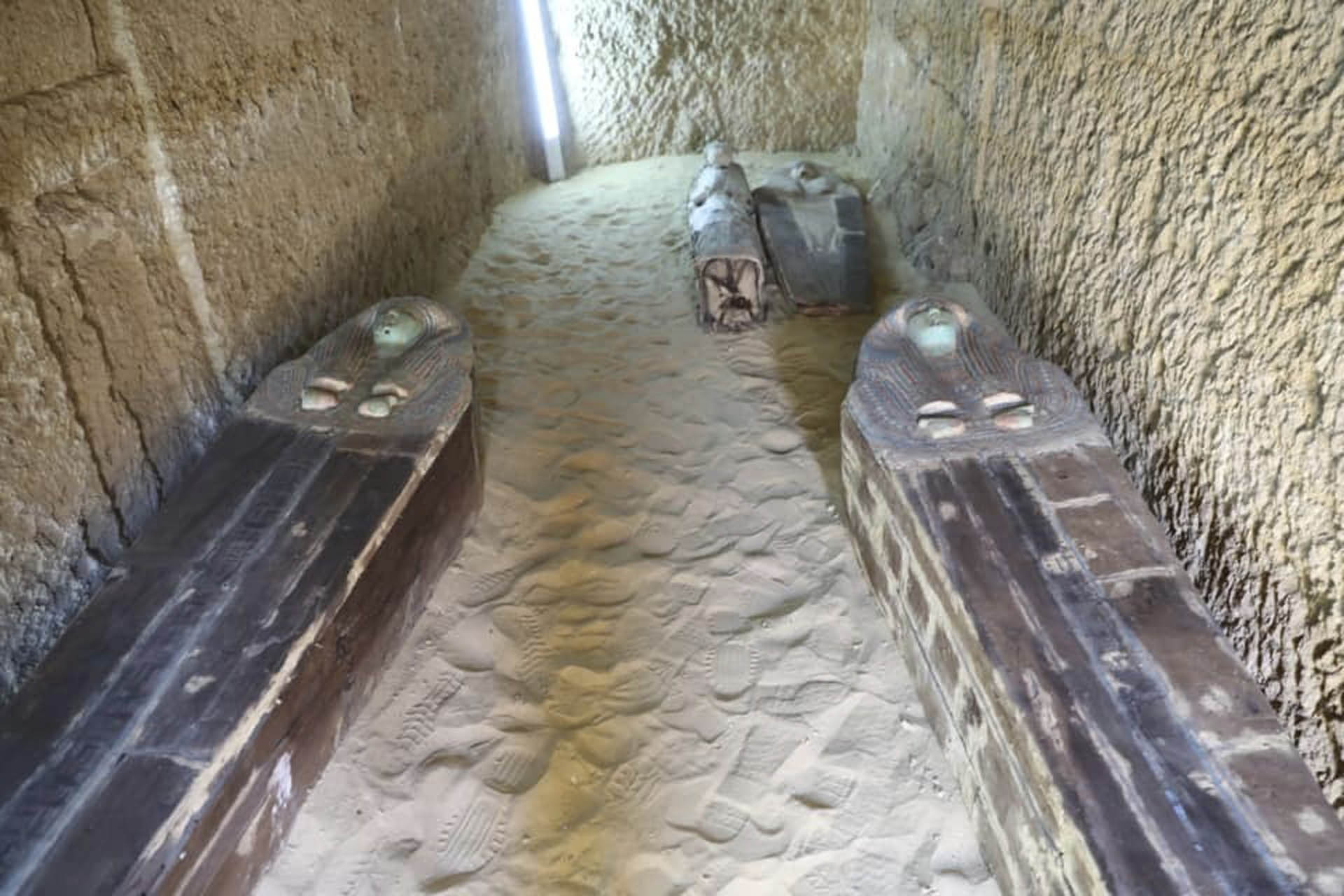
Tut Cemetery: A Journey Through Ancient Egypt
Preserving a Timeless Legacy
Conservation Efforts
As time marches on, the Tut Cemetery faces numerous challenges, including the relentless onslaught of environmental factors and the pressures of modern tourism. To preserve this invaluable cultural heritage, extensive conservation efforts are underway. Archaeologists, conservators, and local authorities work tirelessly to document, stabilize, and protect the tombs and their contents, ensuring that future generations can continue to marvel at the wonders of this ancient site.
Responsible Tourism
While the allure of the Tut Cemetery draws visitors from around the world, responsible tourism is paramount to safeguarding its integrity. Strict guidelines and visitor management protocols are in place to minimize the impact of human activities on the fragile tombs and artifacts. By respecting these measures, tourists can play a vital role in preserving the site’s delicate ecosystem and ensuring its longevity for centuries to come.
Continuing Archaeological Exploration
Despite the wealth of knowledge already gleaned from the Tut Cemetery, the site remains an inexhaustible source of discovery. Cutting-edge technologies, such as ground-penetrating radar and advanced imaging techniques, are being employed to uncover new tombs and unravel the mysteries that lie beneath the desert sands.
Each new finding adds a layer to our understanding of ancient Egyptian civilization, fueling the curiosity and imagination of scholars and enthusiasts alike.
As you bid farewell to the Tut Cemetery, you cannot help but feel a profound sense of awe and reverence for the achievements of this ancient civilization.
The echoes of pharaohs past linger in the air, whispering tales of grandeur, spirituality, and the enduring human quest for immortality. The Tut Cemetery stands as a testament to the ingenuity and resilience of the human spirit, a timeless reminder that even in the face of the inexorable march of time, the legacies of great civilizations can endure, inspiring and captivating generations to come.
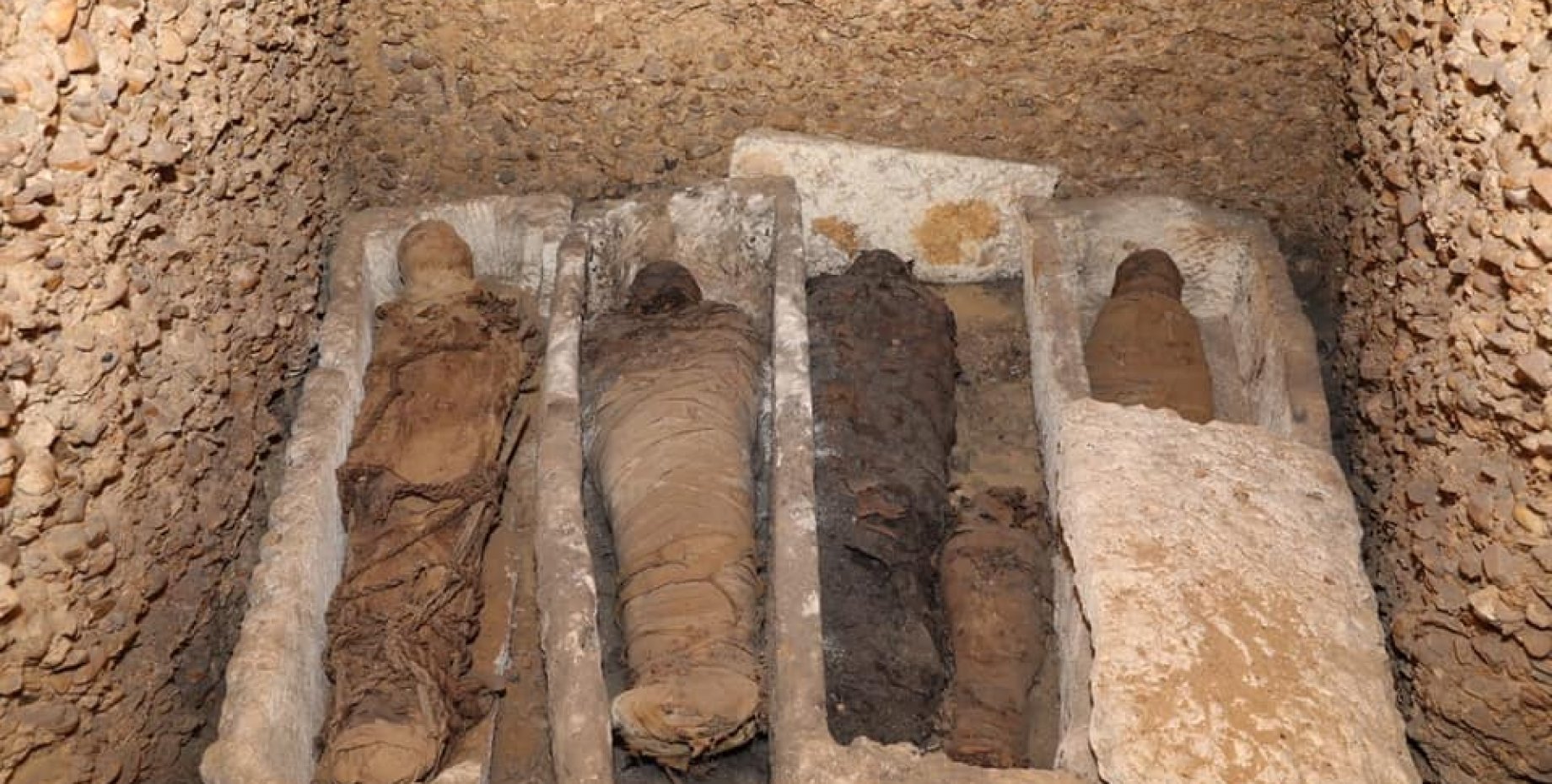
Tut Cemetery: A Journey Through Ancient Egypt









